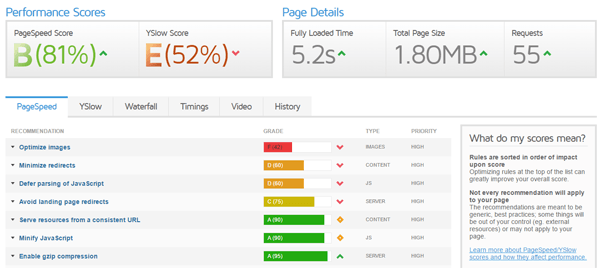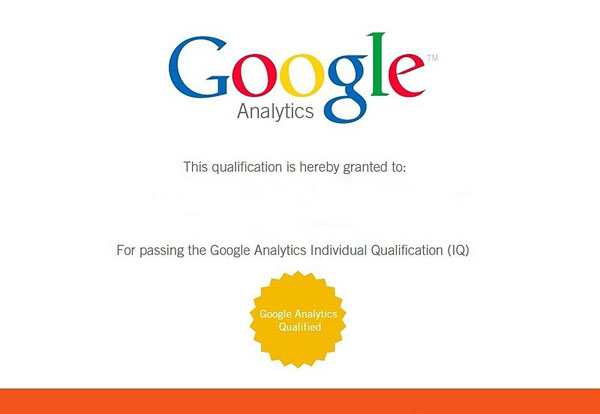3 Overlooked On-Page SEO Wins

SEO can be a long and daunting process. Advanced technical SEO can eat up weeks or months of your time, link building can be time consuming as well and content creation can leave the average business owner staring at a blank screen when it comes time to write that next great piece.
If you are passionate about SEO, all of the aforementioned items can be surprisingly enjoyable. If, on the other hand, you would rather run the business you are in than moonlight as an SEO practitioner, here are a few quick tips that will help you fix current issues or avoid future mistakes.
1. Size Images Before Uploading
If you upload a file that is 1000x1000 and it shows to site visitors no larger than 150x150, your site still loads the full-size image. While a couple images might not make a huge impact, if you get into the habit of re-sizing photos with CSS, you could end up with hundreds or thousands of large files loading each time someone visits your site.
During a recent project, re-sizing images appropriately shaved more than a second off the load time, and if you saw the Kissmetrics case study a couple years ago, you know a one-second delay can drop conversions rates by seven percent. If you have the bad habit of uploading photos without optimizing them, head over to GtMetrix and run a speed test to find the photos that need attention.

2. Boost Rankings with Internal Silos
While a "silo" may sound confusing, it is just a way of linking pages on your website to each other. Many times, you can find keywords you rank on the first or second page for and boost those by adjusting your internal links.
Let's say you run a plumbing business and see that "plumber + your city" currently shows up as the 12th listing in your town. To create a silo, you could write a blog post about three specific types of plumbing activities (e.g., water heater installation, frozen pipe repair and septic system repair) and link those back to the page ranking #12 for that keyword. This helps Google better understand the page's topic, and if you get links to any of those three pages, some of the influence of those will be funneled to the main page.
Additionally, if you have one or more pages on your site that many external sites have linked to, placing an internal link from those pages to the targeted page can also help. Just don't try to link to internal pages using the exact keyword you are trying to rank for or you could end up with an over-optimized site. Likewise, it's important to make sure the pages you do link together are closely related so your efforts do more harm than good.
3. Learn to Use Google Analytics
Even if your site ranks well, a bad user experience will kill conversions and make those rankings useless. Thankfully, it is easy to tell if your site is missing the mark. Google Analytics provides a wealth of information (e.g., bounce rate, average time on site and average pages per visitor).
If you are a business owner managing your own online marketing, I highly recommend taking the free training and certification course from Google.

If you decide to work with an agency, understanding how to track and monitor your website performance is just as critical as it will allow you to see what is working and what can be improved. Mastering Google Analytics may take a while but you can learn the basics in a few hours.
Even though the three tips above aren't overly complex, taking the time to learn and properly set up each can make a big impact on your website and its rankings.
About the Author
 Travis Bliffen is the founder of Stellar SEO, a Web design and marketing firm located in Spring Hill, TN. Travis and his team are equipped to handle any size SEO project and have helped numerous businesses to date build a rock solid online presence. When you are ready for more leads and sales, it is time to get #stellarized. Connect on Facebook or Twitter @theseoproz.
Travis Bliffen is the founder of Stellar SEO, a Web design and marketing firm located in Spring Hill, TN. Travis and his team are equipped to handle any size SEO project and have helped numerous businesses to date build a rock solid online presence. When you are ready for more leads and sales, it is time to get #stellarized. Connect on Facebook or Twitter @theseoproz.









